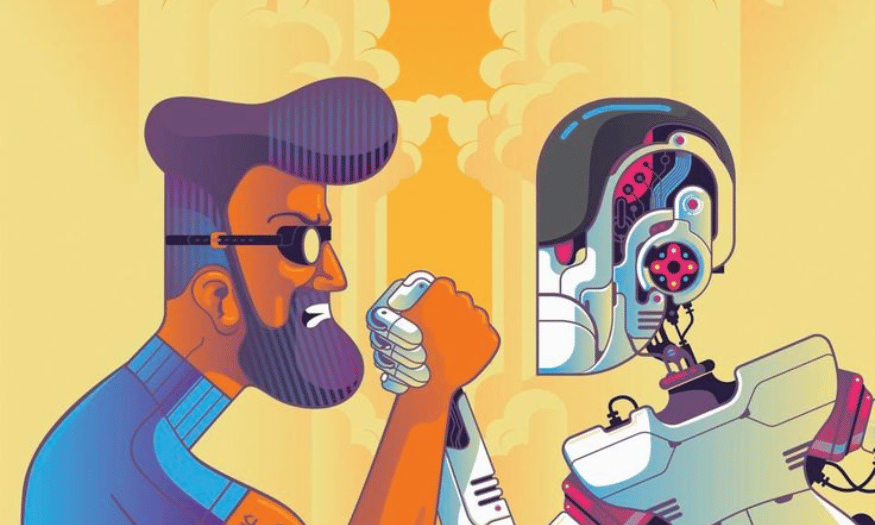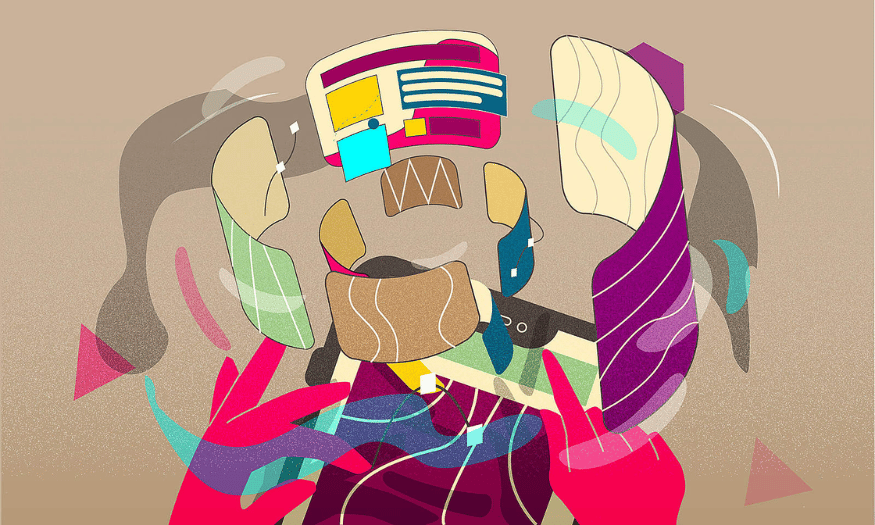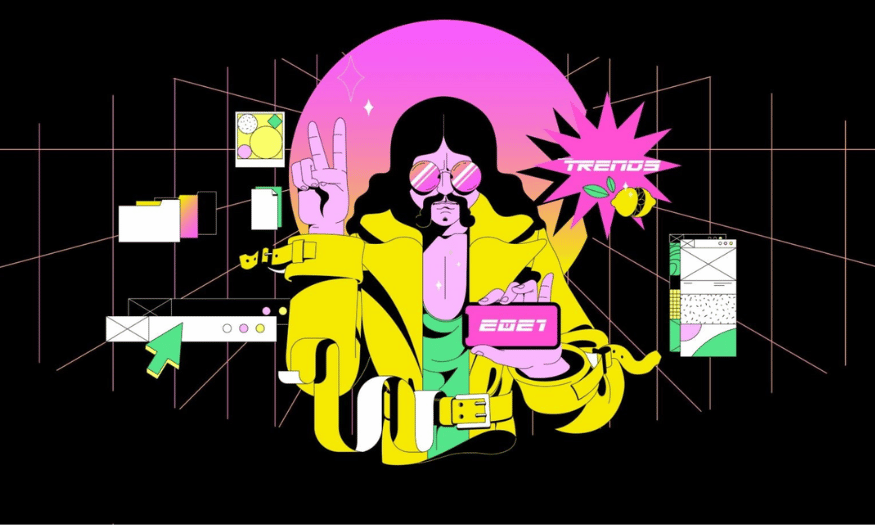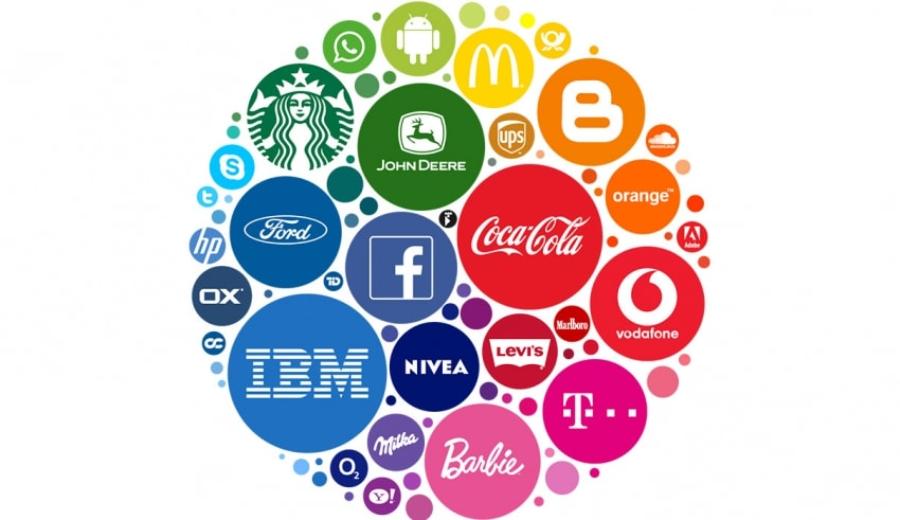Best Selling Products
Tips for Effective AI Applications for Designers
Nội dung
- 1. Use automation wisely
- 2. Maintain the artistry
- 3. Consistent with brand identity
- 4. Apply AI responsibly
- 5. Transparency and ethics in AI applications
- 6. Harmonious combination of people and technology
- 7. AI Training and Awareness
- 8. Optimize workflows with AI
- 9. Performance evaluation and continuous improvement
- 10. Conclusion
In the era of Industry 4.0, artificial intelligence (AI) is becoming an indispensable tool in the design industry. Designers are increasingly looking for ways to integrate AI into their creative processes, from image creation, color optimization to market trend analysis. Applying AI not only saves time but also improves the quality of design products. In this article, Sadesign will explore with you useful tips for designers to effectively apply AI, helping to optimize workflow and enhance creativity.

In the era of Industry 4.0, artificial intelligence (AI) is becoming an indispensable tool in the design industry. Designers are increasingly looking for ways to integrate AI into their creative processes, from image creation, color optimization to market trend analysis. Applying AI not only saves time but also improves the quality of design products. In this article, Sadesign will explore with you useful tips for designers to effectively apply AI, helping to optimize workflow and enhance creativity.
1. Use automation wisely
With the ever-increasing workload and the need for speed in content production, AI is becoming an essential tool for marketing and design teams. Applying AI to workflows helps optimize repetitive tasks, from image editing, background cropping to content categorization. Instead of spending hours on these tasks, AI can complete them in seconds with increasing accuracy.
According to a recent survey, 43% of marketing professionals have actively used AI software to automate routine tasks. This not only frees up resources, but also reduces errors and improves overall efficiency. In addition, AI allows designers to focus on more strategic tasks, such as building brand messages and creating immersive consumer experiences.
Strategically allocating tasks between humans and machines helps optimize content production efficiency. Gartner predicts that by 2028, at least 15% of executive decisions will be fully automated through AI systems. This shows that automation is not a destination, but a foundation for humans to create better, faster, and more deeply in the digital age.
2. Maintain the artistry
While technology is increasingly playing a role in content creation, maintaining a human artistic element remains a core principle that helps brands differentiate themselves. Automation, no matter how smart, is a tool to support creative teams, not a complete replacement.
Features like AI image upscaling, while able to improve image quality rapidly, still require human supervision and direction. Creativity is not just about creating beautiful images, but also about having a deep sense of the context, culture, and emotions that a brand wants to convey. The final stage of content creation is where artistic intuition and human experience come into play.
A study found that 73% of marketers acknowledge that AI has an impact on creating personalized customer experiences. However, to reach the emotional depth of users, every detail still needs to be fine-tuned with the creative eye. The human element – with its artistic sensibilities and intuition – remains central to shaping brand identity in the digital world.
.png)
3. Consistent with brand identity
In the modern world of branding, where visuals are distributed across multiple platforms, design consistency is not just an aesthetic factor, but also a key factor in building trust and memorability in the minds of customers. Every visual touchpoint needs to convey the same brand spirit, from color, lighting to layout, to build a strong visual identity.
AI can be a big help in maintaining this consistency. Tools like object removal, background replacement, and lighting adjustments save time while maintaining consistency. Not having to rely on new photo shoots reduces costs and gives you more flexibility in batch processing.
In addition, AI can also be “trained” according to a business’s brand identity, from color palettes to visual styles. This allows AI tools to suggest edits that are close to the brand spirit, minimizing errors and saving time on manual editing. Applying AI not only helps maintain consistency in brand image but also opens up space for designers to focus on long-term creative strategies.
4. Apply AI responsibly
As technology increasingly affects every aspect of marketing, implementing AI responsibly can not only improve work efficiency but also help build a sustainable creative ecosystem. One of the prominent applications of AI is the ability to automate tasks such as generating image descriptions (alt-text). This feature not only improves accessibility for visually impaired users but also improves SEO efficiency, helping websites display better on search engines.
With AI taking over repetitive technical tasks like tagging content and processing data, creative teams can focus more on strategic content development. This offloading of tasks makes marketing departments more agile, able to quickly update and react to ever-changing market trends. This frees up designers to focus on enhancing visuals and building unique brand stories that create real value for customers.
However, AI can only reach its full potential when placed within a clear ethical framework. Today’s CMOs are concerned not only with the processing power and speed of the technology, but also with the transparency of how data is collected and used. Intellectual property rights and the process of creating content also need to be carefully considered. In an environment where brand trust can be affected by even the smallest mistake, maintaining ethical standards in the use of AI becomes a must.
.png)
5. Transparency and ethics in AI applications
One of the key elements in implementing AI is transparency in the process. Businesses need to be open about how they collect and process user data. This not only builds trust but also helps users better understand their rights. Marketing managers need to ensure that all collected information is processed fairly and appropriately.
In addition, maintaining intellectual property rights is also an issue that needs to be focused on. Organizations need to clearly define ownership of AI-generated content. This not only helps protect intellectual property but also avoids potential legal disputes in the future. Transparency in this process will help build trust from customers and affirm the brand's commitment to business ethics.
Finally, it is essential to develop a legal framework in the field of AI. Businesses need to monitor and update legal regulations related to AI to ensure that all activities are in compliance with the law. This not only helps protect the brand but also creates a safe and responsible working environment.
6. Harmonious combination of people and technology
AI, when deployed correctly, should act as a catalyst for the creative process – a tool that helps people work more effectively, not a replacement for the core role of creative thinking. In marketing and design, implementing AI tools that can handle repetitive tasks such as image editing, layout alignment, and sizing helps creative teams save time on technical tasks.
When fast, precise technology is combined with human intuition, experience, and customer insight, each design decision has more than just aesthetic appeal, it has clear strategic depth. This combination creates an optimal work environment where both technology and people can perform to their full potential.
Interestingly, it is the users themselves – creators, marketers, and art directors – who are driving the next evolution of AI tools. As technology becomes more integrated into the content production chain, real-world user demands will continually create new requirements, forcing developers to adapt, extend, and refine AI to better suit the professional creative environment.
This interaction creates a two-way evolutionary spiral: AI becomes increasingly intelligent and specialized, while humans gradually improve their ability to apply technology, expand the scope of creativity, and increase the speed of implementing ideas in a short time. From an operational perspective, AI should be viewed as a trusted partner – a companion that helps creative teams adapt to a fast-paced, stressful work pace while still maintaining quality output.
.png)
7. AI Training and Awareness
Effective AI implementation depends not only on technology but also on people. Therefore, training and raising awareness about AI within the organization is extremely important. Employees need to be equipped with knowledge about how AI works, as well as the benefits and risks it brings. When they understand AI, they can apply this technology more effectively and creatively in their daily work.
Training should also include ethical and responsible issues when using AI. Employees need to be aware that, while AI can provide many benefits, misuse or abuse can have serious consequences. Building a responsible culture around AI will help the organization maintain its reputation and ensure that technology is used for the common good.
Additionally, organizations can also create experience sharing programs where employees can discuss AI applications in their specific jobs. This will help maximize the potential of AI and create an environment of continuous learning and innovation.
8. Optimize workflows with AI
One of the biggest benefits of AI is its ability to optimize workflows. AI tools can analyze and automate many steps in the content production process, from data collection to customer feedback analysis. This not only saves time but also improves the quality of work.
When workflows are optimized, creative teams can focus on more essential aspects, such as idea development and communication strategy. AI can provide in-depth analysis of the market and customers, helping designers understand trends and tailor content to better suit consumer needs.
Furthermore, process optimization also helps reduce errors in work. AI is capable of processing data with higher accuracy than humans, thereby reducing errors due to manual operations. This helps create a more efficient workflow while improving the quality of output products.
(1).png)
9. Performance evaluation and continuous improvement
To ensure that AI is used effectively, organizations need to conduct regular performance evaluations. This includes tracking performance metrics and user feedback on AI applications at work. Collecting this data will help managers better understand how AI is affecting workflows and bottom lines.
Additionally, assessments also help to identify potential issues in AI implementation early. If any issues arise, the organization can quickly adjust and improve processes to optimize the effectiveness of AI. This not only helps maintain the quality of work but also strengthens employee and customer trust in the technology.
Continuous improvement is also an important part of AI adoption. Organizations should regularly update themselves with the latest AI technologies and tools to ensure that they stay one step ahead of their competitors. Maintaining an environment of innovation will help businesses to constantly evolve and adapt to changes in market trends.
.png)
10. Conclusion
Applying AI in the design field is not only a trend but also an inevitable requirement in the context of increasingly fierce competition. Designers need to proactively familiarize themselves with and learn AI tools, thereby improving their skills and workflow. If you are looking for AI tools to support your design, visit Sadesign. There are many outstanding tools here to help you create the perfect publication.












































